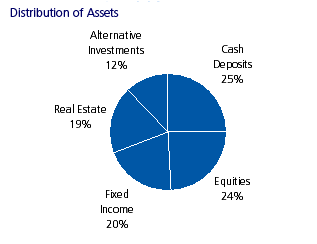Wealth Management in Asia: The Road to Recovery
Abstract
Driven by macroeconomic factors, Asia has seen high growth in population and assets of high net worth (HNW) individuals. Asia is the fastest growing region in terms of HNW population in the world, with annual growth prospects of 15–20 percent over the next two years.
In a new report, Wealth Management in Asia: The Road to Recovery, Celent analyzes trends in the wealth management market in five Asian countries: China, Hong Kong, India, Japan, and Singapore. While the markets in the West are still struggling from the aftereffects of the global financial crisis, Asia has surged ahead in its growth path, driven greatly by China and India, which have registered impressive 8–10 percent growth.
The business environment in Asia over the last two years was not very encouraging; however, after governments made significant changes in economic policies, business confidence improved. This upward trend has continued well into 2010. This augurs well for high net worth individuals in the coming days. Celent estimates that the wealth management market in these five countries will grow at over 15% per annum over the next two years.
Even though HNW clients are slowly regaining confidence in the markets, the cautious and conservative approach that investors adopted since the early days of the downturn persists. Hence, less risky products like deposits and fixed income continue to be favored. Investments in equities are slowly picking up again. This is mainly due to recovery of stocks and other markets. At the same time, investors are on the lookout for underpriced securities.

The main weaknesses of wealth managers during the recent crisis were investment performance, product choice, and lack of customized solutions. As a result, most providers saw an exodus of clients. Winning customer loyalty and retaining clients are becoming crucial. Investors are taking a more active role in managing their portfolio but are not precisely aware of the many implications of the crisis, so they need more hand-holding from their wealth managers. Firms are focusing more on transparency, risk management, custom advice, advice-based compensation models, cross-selling, and client education communication and reporting as well as diversifying the client base.
The regulatory landscape is transforming. Many of the regulatory changes have had direct or indirect impact on the wealth management industry. Some of the main aspects to have come under regulators’ immediate supervision include better risk management, higher capital requirements, transparency, investor protection, and Know Your Customer (KYC) norms. The cost of compliance is on the rise. This is expected to continue, at least in the short to medium term.
Wealth management firms need to adapt to the evolving regulatory environment and market realities. “Adoption of technology is one such way to cut costs, manage risks, increase efficiency, and offer better client service,” says Arin Ray, Analyst with Celent’s Indian Financial Services Group and author of the report. “Spending on technology in Asian wealth management firms is relatively low by global standards. Technology in financial services has not been given its due importance in Asia so far, except by some international players. However, technology can reduce long-term costs.”
Budget constraints may hinder investment in the short term; eventually, Asian wealth managers can be expected to adopt advanced technology on par with global standards. This will be driven by international players, and local players will be forced to follow suit to stay competitive.
The report analyzes in detail the macroeconomic conditions shaping the markets, discusses trends and opportunities, and sheds light on regulatory developments. It also provides Celent’s outlook for the future of the industry.

